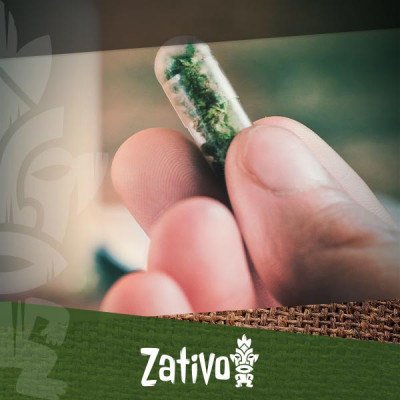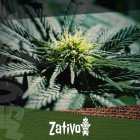Don't have an account?
Register NowYou have to add to cart at least 5 bottles or any program to make checkout.
- BlogTop 8 Tips For Microdosing Cannabis
Top 8 Tips For Microdosing Cannabis
Published: November 20th, 2021
Categories:
Cannabis Info
Microdosing—once niche, now common knowledge. With origins in the psychedelics community, it's made its way to the world of cannabis. Microdosing can be difficult to generalise, and each person must ultimately figure it out for themselves. However, here we shed some guidance on getting started with microdosing weed.
What Is Microdosing?
Microdosing involves taking a sub-psychotropic dose of a drug. Most commonly associated with psychedelics such as psilocybin and LSD, people are beginning to experiment with microdosing weed, and finding they like it.
The key to microdosing is not getting high. So microdosing THC is not about only getting a little bit stoned, but about getting the potential benefits of THC without causing a disturbance to your conscious experience. It is, in essence, subconscious.That’s not to say that you’ll feel exactly the same when you microdose something, but you’re more likely to feel “heightened” than “high”.
Top 8 Tips on How To Start Microdosing With Weed
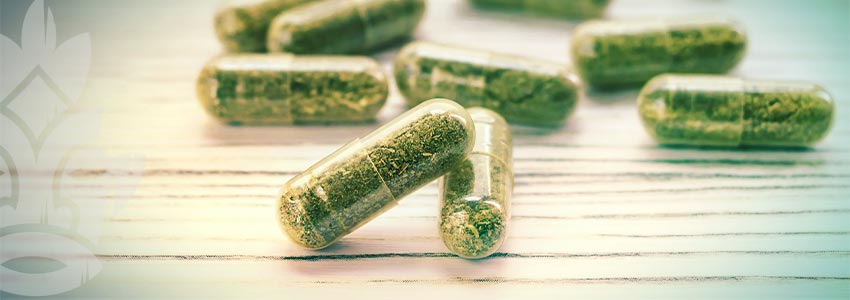
Microdosing is a relatively new idea, and it’s by no means an exact science. Depending on where you look, you may find that different doses constitute a microdose. Given this, we can only give you a rough guide, but it’s important to experiment and find what works for you.
One person’s microdose might get another person high. So it’s important not to stick to somebody else’s regimen, and instead use them as a template from which to create your own.
Choose the Right Type of Cannabis
Choosing the right type of weed is key to sustaining an effective microdosing regimen. Again, this is going to be dependent on you, what you want, and what ends up feeling right. Due to the small doses involed, you might find that strains of cannabis that produce unpleasant effects at higher doses are just right for microdosing—but don’t assume that.
Generally, indica-dominant strains are more physically relaxing and make users feel more “stoned”. Sativa-dominant strains, on the other hand, tend to be more cerebral and give users a “buzz”. Generally, sativa strains are considered to be better for daytime smoking, while indicas are better for chilling out in the evening.
It is important to note that the effects of a given strain have more to do with the cannabinoid and terpene concentration in the buds than the indica/sativa genetic divide. So do research on individual strains rather than general strain categories.
Another thing; perhaps don’t opt for a super-strong strain. 33% THC might be great for getting really high, but it’s going to make microdosing much harder (depending on which method you use). Something between 10 and 20% THC is going to give you much more control.
So try a few out and see how they make you feel.
Start Low, Go Slow
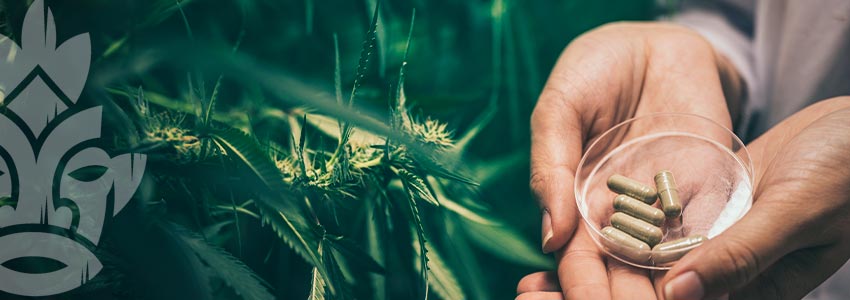
Whichever strain you choose, start very low when dosing. Some say as little as 1 milligram, others say up to 10. It’s a very difficult thing to judge, because you’re not really supposed to feel much. So how do you know if it’s working or not?
This is why you should go slow. Don’t get halfway through day one and up your dosage. Keep going for at least 3 days at a particular dose before you consider increasing it.
Remember, what you’re looking for from microdosing is not an epic high, but almost invisible improvements to your way of thinking, and ultimately your life as a whole. These cannot happen overnight. So be really, really patient with it.
Experiment With Consumption Methods
Smoking may be your favourite way to consume cannabis, and having a joint is undeniably a great ritual. Unfortunately, it’s an incredibly inaccurate (and inefficient) way to microdose weed.
Edibles, oils, and capsules tend to be the most accurate, as you more or less know exactly what dose you’re taking. Although, if you’re making your own, there is certainly still some guesswork involved.
Try out different methods until you find one that works for you. Capsules are good as it feels less like taking a drug and more like taking a supplement, and therefore your expectations of getting high are somewhat tempered.
Plan Your Microdosing Sessions Wisely
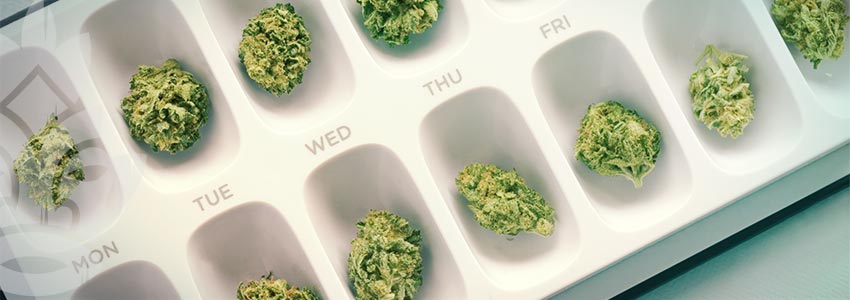
Be careful where you microdose. At first, you may misjudge it and end up high. Make sure to plan for this, as the consequences of getting it wrong could greatly outweigh the potential benefits of microdosing.
A good way to make judgments and track progress is to keep a microdosing diary. Record where you were, what you did, how much you took, and how you found it. As microdosing does still have subtle effects, you may find that a busy or stressful environment is harder to deal with. Or, you might find that it actually takes the edge off.
Discovering these nuances is part of the microdosing journey.
Patience Is Key
Wait at least two hours before upping your dose. Give your body time to adjust, and give your mind time to adjust.
If you’re used to getting high, you’re going to have to completely reconfigure your expectations around cannabis and its effects. For those used to the strong effects of cannabis, tuning into the almost imperceptible benefits of microdosing will take some time. But it will come—it might just require a little focus!
Steer Clear From Other Substances
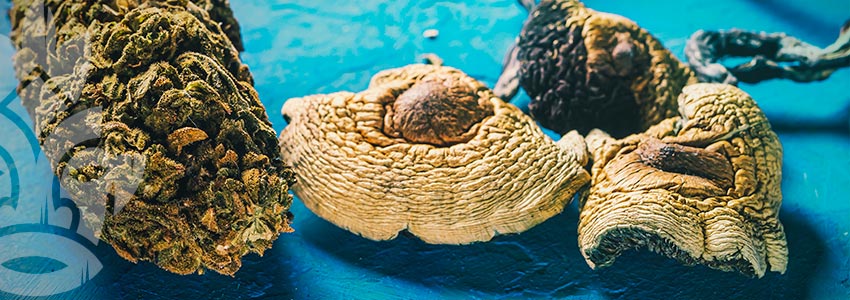
Especially at the beginning—some say always—keep other substances out of your brain. These will affect how you are feeling, and essentially make it impossible for you to tell whether anything is happening or if the effects are of benefit to you.
Steer Clear From Cannabis
For some, this may be the hardest part. If you’re going to microdose cannabis, you can’t smoke it to get high. It’s one or the other unfortunately. It can be a big sacrifice, and only you will know if it’s worth it for you.
Listen To Your Mind

As mentioned, microdosing is not well understood. Though many tout it as the most incredible thing ever, all that matters is whether it works for you. So go with your gut instinct. Is it working? Is it improving your life? Is it making you more or less comfortable?
Even though the effects are minimal, you’re still taking a drug very regularly, and this is going to affect your mind and your life. You will know if it’s good for you. Trust that feeling.

